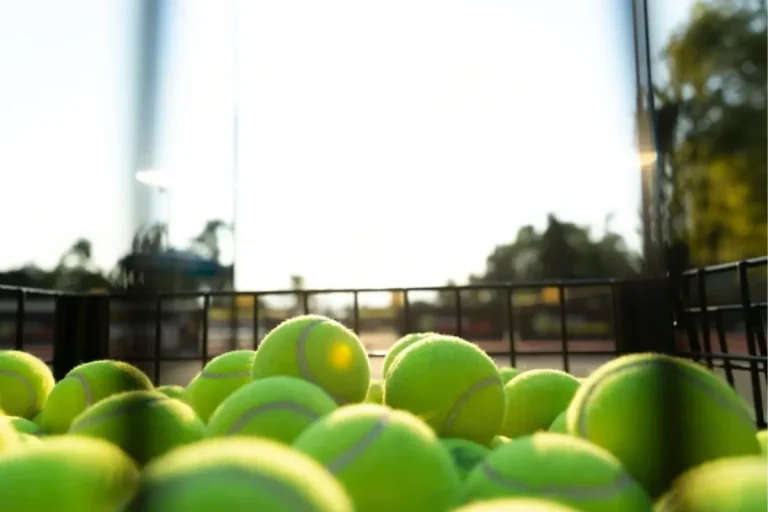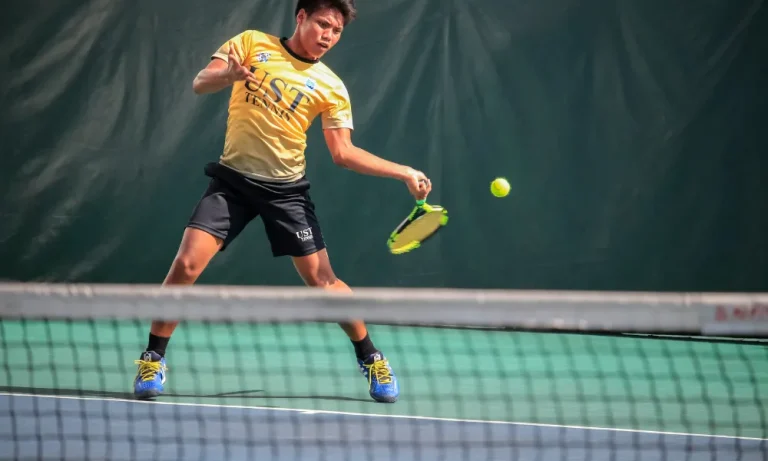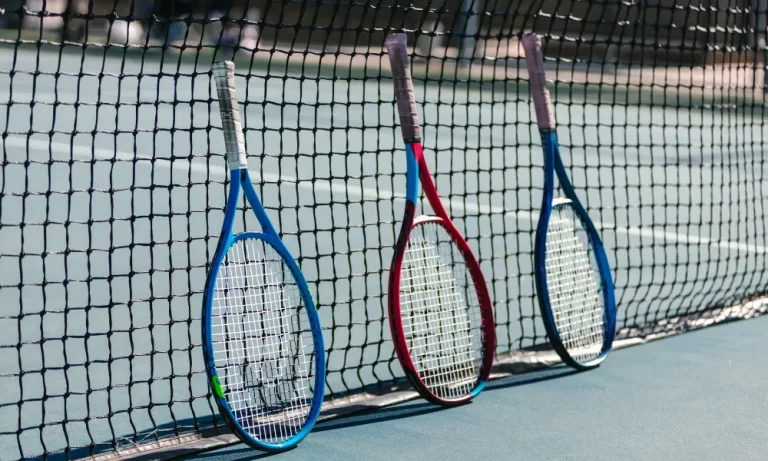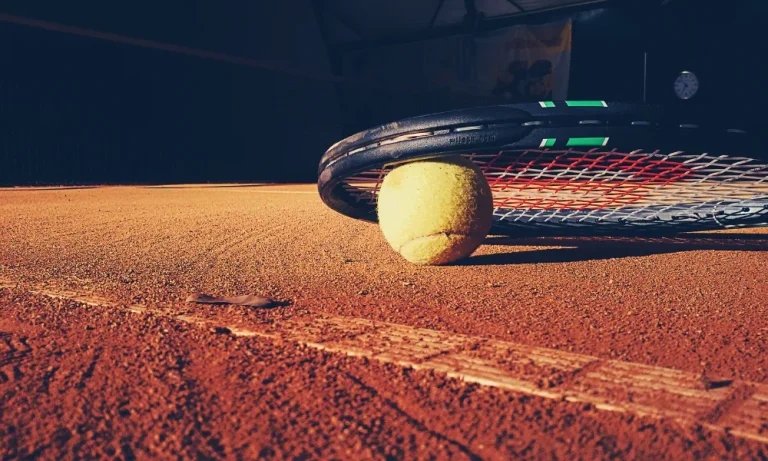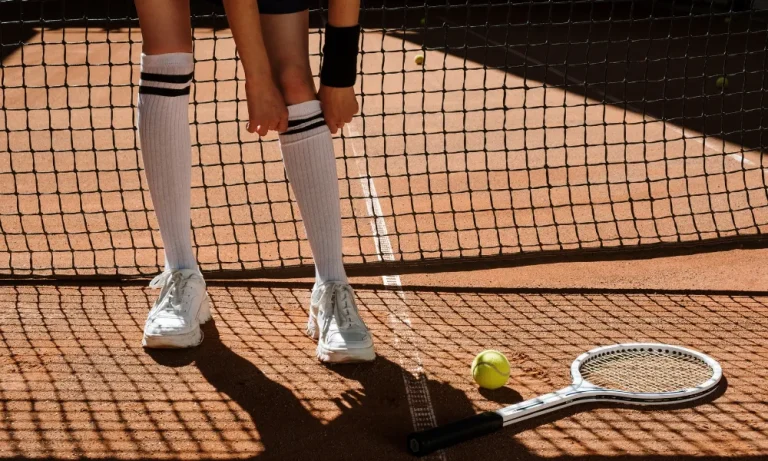Can A Tennis Match Go On Forever?
Tennis, a beloved sport renowned for its thrilling matches, occasionally leaves fans wondering: can a tennis match continue indefinitely? In this blog post, we will unravel the mysteries surrounding endless tennis battles. From exploring the rules and factors influencing match duration to delving into the longest matches in history, get ready to dive into the captivating world of tennis and its potential for never-ending showdowns.
The Rules of Tennis
Tennis is a game of skill, strategy, and precision. To fully understand the possibility of never-ending matches, it’s crucial to familiarize ourselves with the basic rules and scoring system in tennis.
In tennis, matches are divided into sets, games, and points. Let’s break down each of these components:
Sets:
A tennis match is typically played in a best-of-three or best-of-five sets format. To win a set, a player must be the first to reach six games, with a minimum lead of two games. If the score reaches 6-6, a tiebreaker is usually played to determine the winner of the set.
Games:
Each set consists of multiple games. To win a game, a player must win four points. However, the scoring system in tennis is unique. Instead of using numerical values like 1, 2, 3, etc., the points are called “love,” “15,” “30,” and “40.” When players are tied at 40-40, it’s called “deuce.” To win a game from deuce, a player must win two consecutive points.
Points:
In tennis, the server starts each point by hitting the ball into the opponent’s service box. The receiver then tries to return the ball within the boundaries of the court. If a player fails to return the ball or hits it out of bounds, the opposing player earns a point. The player who reaches four points first wins the game.
The Possibility of Never-Ending Matches
While it may seem unlikely, tennis matches theoretically have the potential to continue indefinitely. Unlike sports with timed durations, tennis matches rely on scoring points and winning games. As long as both players keep winning games without a decisive lead, the match can carry on.
To prevent matches from stretching on indefinitely, the concept of tiebreakers was introduced. A tiebreaker is a unique game format that allows players to swiftly determine the winner of a set. Typically played when the score reaches 6-6 in games, a tiebreaker ensures that the match progresses and doesn’t become an endless battle.
Throughout tennis history, there have been remarkable instances of matches that seemed never-ending. One such example is the famous Isner-Mahut match at Wimbledon in 2010, which lasted a staggering 11 hours and 5 minutes over the course of three days. These extraordinary matches serve as a testament to the endurance and determination of the players involved.
Factors Influencing Match Duration
The duration of a tennis match can vary significantly depending on several factors. Let’s explore the key elements that can contribute to longer matches and how certain rules, like tiebreakers, help maintain a reasonable duration.
Factors That Can Contribute to Longer Matches
- Player Skill: Matches between highly skilled players often involve intense rallies and strategic gameplay, leading to longer durations.
- Court Surface: Different court surfaces, such as grass, clay, and hard courts, can influence the pace of the game. Slower surfaces like clay tend to result in longer matches.
- Weather Conditions: Extreme weather conditions, such as high heat or strong winds, can affect players’ performance and stamina, potentially prolonging matches.
- Player Endurance: Tennis requires physical stamina and mental focus. Players with exceptional endurance can sustain long matches, pushing the duration.
How Tiebreakers and Other Rules Help Maintain Reasonable Match Duration
To ensure that matches do not become never-ending battles, tennis has implemented various rules to maintain a reasonable duration:
- Tiebreakers: As mentioned earlier, tiebreakers are used to swiftly determine the winner of a set when the score reaches 6-6. This prevents sets from dragging on indefinitely.
- Shot Clocks: In some tournaments, shot clocks are employed to limit the time players have between points, ensuring a consistent pace of play.
- Grand Slam Fifth-Set Tiebreaker: In Grand Slam tournaments, a fifth set (in men’s singles) can continue until a player achieves a two-game lead. However, to prevent excessively long matches, a tiebreaker is implemented when the score reaches 6-6 in the fifth set.
The Longest Tennis Matches in History
Throughout the history of tennis, there have been legendary matches that stretched on for hours or even days, captivating fans around the world.
Famous Matches That Lasted for Hours or Even Days
- Isner vs. Mahut (2010): The Isner-Mahut match at Wimbledon holds the record for the longest tennis match ever played. Lasting a staggering 11 hours and 5 minutes over the course of three days, this epic battle saw Isner emerge as the victor with a final score of 70-68 in the fifth set.
- Anderson vs. Isner (2018): Isner seems to have a knack for lengthy matches, as he was also involved in the second-longest match in history. This time, it was against Kevin Anderson at Wimbledon, lasting 6 hours and 36 minutes. Anderson eventually won the match 26-24 in the fifth set.
Interesting Anecdotes and Records
- Nicolas Mahut, who played in the longest match, also holds the record for the most games won in a single match. In the aforementioned Isner-Mahut clash, Mahut won a staggering 502 points.
- In the Anderson-Isner match, the final set alone lasted over 6 hours, surpassing the length of many entire matches.
Conclusion
In the world of tennis, the possibility of a match going on forever has both fascinated and bewildered fans. While the rules and structure of the game allow for incredibly long matches, there are practical limitations that prevent matches from truly lasting forever. The combination of player fatigue, tournament schedules, and the human body’s physical limitations ensures that even the most epic battles eventually come to an end. So, while tennis matches may seem to stretch on indefinitely at times, rest assured that there is always a finish line in sight.
FAQs about Can A Tennis Match Go On Forever
Can a tennis match go on indefinitely?
hile there are no specific rules to prevent matches from going on indefinitely, tournaments often have provisions to manage match durations, such as implementing tiebreakers and setting time limits for matches.
How do players cope with the physical demands of long matches?
Players prepare themselves physically and mentally to cope with the demands of long matches. They train for endurance, maintain their fitness levels, and often employ strategies to conserve energy during extended play.
Why are there time limits for matches in tournaments?
Time limits are set for matches in tournaments to ensure the smooth flow of the event. They help prevent delays, accommodate multiple matches within a scheduled timeframe, and consider the physical well-being of players by avoiding excessively long matches.


